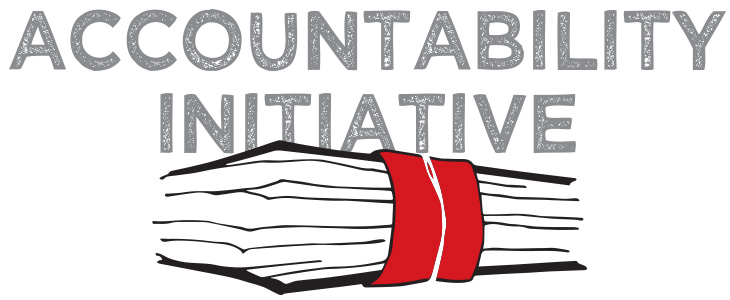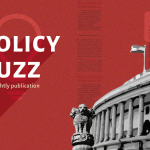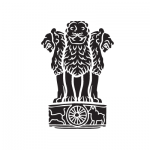
Boosting Demand for Social Sector Services
7 August 2012
Government Spending in the Social Sector has been increasing over the years. In the financial year 2012-13, the government has spent Rs. 25,555 crores on its flagship education programme, the Sarva Shiksha Abhiyaan (1), Rs 33,000 crore on the Mahatma Gandhi National Rural Employment Guarantee Scheme (2), and Rs 20,855 crores on the National Rural Health Mission (3).
In addition to the amounts spent, the rate at which social sector spending has been growing is also astounding. Since 2006-07 expenditure on social sector services as a proportion of total expenditure increased from 21.6 per cent in 2006-7 to 24.1 per cent in 2009-10 and further to 25 percent in 2011-12. (4)
If you were to look at our Budget Briefs (5), you would find that despite significant government spending, the outcomes are somewhat limited. The burgeoning question that poses itself then is why does there still exist a sizeable gap between the intended impact and the actual impact of the hundreds of crores of rupees spent by the GOI (and other development agencies) each year, across the years? While this is in itself a complex question that would require a thorough, multifarious analysis, the single aspect I’d like to explore in this post is the need for boosting demand in order to streamline social sector service provision.
In the last weeks I’ve given some thought to the idea of the need for a stronger pull factor from the people in order to improve public service delivery. What strikes one most while observing the process of rural public service delivery is how little the primary stakeholder – the individual beneficiary asserts herself or himself while engaging with service providers, who is often in a position of perceived superiority. Case in point being,a whole community of MGNREGA workers I have interacted with in south west Rajasthan, all of whom were dismayed when they received lower than expected daily wage rates, but none of whom demanded to see muster rolls or any other relevant documents from the relevant authorities. It is not uncommon for scores of women to wait uncomplainingly for hours outside rural sub-centres for medical treatment, and communities have very little involvement in how the local institutions such as Primary Health Centres, Schools, Anganwadi centres or Village Education Committees are run. To some extent, it seems as if inefficiency is somewhat expected and therefore exempted by the people, and no particularly strong demands seem to be made of the authorities. The need to strengthen the demand side of public service programme delivery has been acknowledged by the GOI in the recent past. The planning commission in some of its reports (6) has given credence to the idea that demand side factors need to be strengthened in order to ensure that the mechanisms designed to deliver public services function effectively. It would therefore perhaps be worthwhile for schemes and other initiatives to consider incentivizing service seeking behavior among its beneficiaries.
The government of India has successfully made use of the Conditional Cash Transfer (CCT) model to cause an increase in demand for core public services. Its biggest success is undoubtedly the Janani Suraksha Yojana. The Ministry of Women and Child Development in a recent press release (7) said that the scheme had caused an increase in institutional deliveries from 47% in(District Level Household Survey-III, 2007-08) to 72.9% (Coverage Evaluation Survey, 2009). The monetary incentive had caused a huge surge in demand, with the number of beneficiaries of the scheme increasing from up from 7.39 lakhs beneficiaries in 2005-06 to 108.69 lakhs beneficiaries in 2011-12. (8)
Other schemes that have similarly used the CCT model include Laadli, A Haryana and Delhi government scheme that offers monetary rewards to the girl child upon birth and on attaining various levels of education and the National SC/ST Re-imbursement Scheme pioneered by the Delhi government, which offers fee reimbursements to students from disadvantaged groups meeting a certain academic criterion. While implementing initiatives through CCTs have seen success, one cannot deny their heavy dependence on requisite infrastructure, human resources and capital. They are not in themselves an effective means of ensuring efficient delivery of public services, but certainly have acted as an enabler to this end.
Causing an increase in claimant behavior among intended beneficiaries is often the result of sustained, community driven advocacy initiatives. The Mazdoor Kisaan Shakti Sanghatan has for instance, worked since the early 1990’s in the state of Rajasthan to strengthen community involvement in decision making and public accounting processes. Through their efforts, they were successful at being able to cause a huge surge in the demand for transparency and accountability. MKSS’ work culminated into the formation of the National Council for the People’s Right to Information in 1996, and the organisation is credited with being instrumental in the passing of the Right to Information Act in 2005. (9)
A Planning Commission study has suggested that the basic failure in creating demand amongst the Indian rural masses for public services is due to the difficulty faced by the rural populace in transitioning into the democracy mindset after several hundred years of monarchic rule. (10) It seems to me as if this is a crucial factor, and that policy interventions would do well to address this concern while designing or assessing delivery mechanisms.





